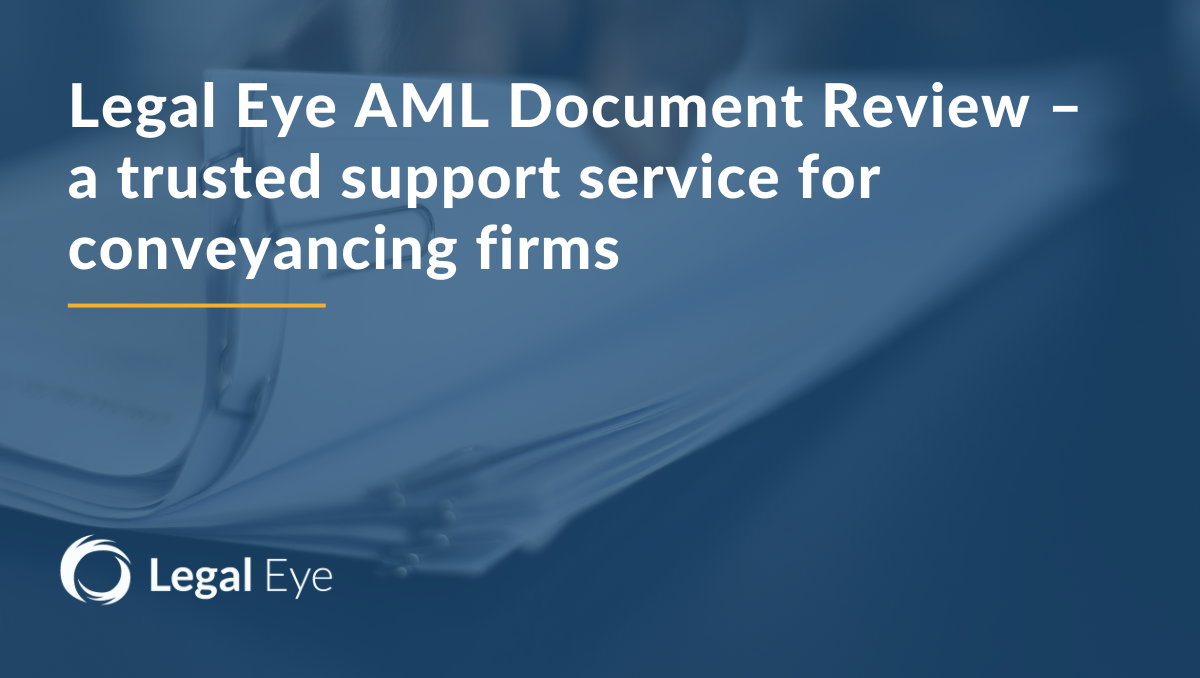Dealing with client complaints effectively is an integral part of delivering high quality client care…
With COP26 well underway, we have heard many world leaders’ speeches proclaiming that the time to act and deliver on our promises is now. Commitments to reduce emissions over decades seem to run in the face of real and present dangers to our communities, so for us it is about how we mitigate and interact now – and how this feeds through to a better understanding of where we choose to live as a result.
We consider how some of the key environmental risks from climate change impact on property transactions and look to how conveyancers and lenders can enable better data to deliver socially just outcomes for their clients.
Delivering Better Social Justice on Flood Risk
The evidence of climate change is all around us – increased moisture in the atmosphere generating more extreme weather events, leading to locally more intense rainfall and flooding in all forms. The impact to our communities from current and future flood risk cannot be overstated. Locally extreme rainfall that turns innocent streams to raging torrents, streets and office parks into canals and lakes can and do occur anywhere in the country. Add to this coastal and estuary flooding from storm surges and sea level rise. Understanding these risks and how they could affect our population, infrastructure and business is critical to our ongoing resilience and future security.
And by resilience we are also taking about mental and physical health. The long-term effects of flooding can be debilitating: residents of Rhondda and Pontypridd in Wales that were flooded in Feb 2020 then had to endure lockdown in sodden houses, not able to effect repairs. Households in Hawick spent up to six months out of their houses in rented caravans, before their properties had dried out and insurance payouts could grind into action.
Part of the client care process through a property transaction must be to enable investment decisions on land and property built on clear, accurate data that recognizes the threat and enables homebuyers and business owners to plan with confidence.
But it should also support greater social justice for the most vulnerable in their financial and mental health. They are often the ones who can least afford the higher excess or premiums on insurance if you are not within the Flood Re safety net or the impact on equity values from being in the flooding front-line.
A Forgotten Mining Legacy Reappears
As our climate warms, so does the threat of ground collapse in vulnerable areas due to higher rainfall. Sinkholes from former mine workings are becoming more common, landslides from saturated soils and cliff collapses are accelerating and placing land and property values at risk.
Our recent white paper reveals that these impacts are far more widespread and could affect far more households in urban areas than previously thought – possibly up to 8 million properties in England and Wales. Past mine works for minerals like chalk and limestone were often very shallow, informally covered and then built over or around with little knowledge of their former existence. If a collapse does not directly affect the physical building but takes away the whole garden, there is little insurance provision for this. And a history of subsidence again, like flood risk, limits the choice in the market for those affected, can impact on future mortgage availability and reduced peace of mind.
Containing our Industrial Past
With greater flooding and sea level rise comes the increased threat from contamination by many of the 1200 landfills that are dotted along our coastline, rivers and estuaries. This, together with elevated groundwater, could enable potentially harmful toxins to leak out of some older, less engineered landfills into water courses and the ecosystem.
It is vital to understand how former landfills and past industrial brownfield sites could affect adjacent communities as greater rainfall from climate change continues to be felt across the country. Our data reveals that some 619,000 ha of land, greater than the county of Norfolk, is brownfield and many sites could represent a risk of contaminant transmission through rainfall. It is essential that new property developments close to landfills have the necessary remediation, planning consents and certificates so that residents are fully protected from future contamination threats and that this is verified well ahead of completion.
Residents of a Bradford estate found out that their properties had become effectively worthless overnight due to incomplete remediation and a failure to obtain building control sign off. Recognising this risk and the likely impacts on mortgage availability or future financial liability should be at the heart of advice given to clients within the conveyancing process about environmental risks from potentially contaminated land. With more rainfall run off and a high number of sites still not under formal management, contaminants could be released to nearby properties and gardens, which could open future liabilities for the homeowner.
Lender Engagement with Climate Change
The Basel Committee on Banking Supervision released a report in April 2021 on the challenges that banks face in measuring the financial risks associated with climate change. Credit risk modelling of the financial impact of climate change has focused on physical and transition risks. For the UK, this has meant a greater focus by lenders on portfolio risk from flooding, subsidence and coastal erosion. They are also looking at significant transition risks in terms of energy efficiency of homes as we convert to greener energy sources and the cost to do so.
Climate change will be one of the greatest threats to future residential and commercial property asset values. Lending and investment decisions will become highly dependent on land and property possessing a clean bill of health and are best able to withstand future climate scenarios across a range of environmental threats.
Adaptation to episodes of extreme rainfall and drought is the positive response to climate change for which capital remains freely available and transactions can be made with confidence and clarity. Lenders will be focused on how data and guidance flows through the conveyancing process to enable better decisioning and where more households are able to access funding to secure their futures.
Enabling Lawyers’ role in Climate Change Due Diligence
The Law Society recently published their Resolution on creating a Climate Conscious Approach to Legal Practice. In addition to recognising and mitigating impacts from their business activities, there were key sections calling lawyers to think about how advice is being communicated to clients when dealing with climate change, its potential impacts and possible future liabilities.
For conveyancing, this is about recognising their vital role in providing clear guidance on potential environmental risks and the impact they could have on lending, access to effective insurance and minimising future costs and hardship, especially to those who can least afford it. It also signals the commercial importance of recognising the potential future liabilities for failing to advise on climate matters.
Rather than viewing conveyancing as a process involving data and verification in isolation, property transactions now and into the future need to be considered for the social good and for us all to adopt a more purpose-led mission to guide clients.
This is a guiding light for us here at Groundsure – we warmly welcome the Law Society’s resolution to drive the implementation of the climate mindset across legal practices. Our environmental risk data has always been about absolute clarity, backed by expertise to interpret potential risks, so that transaction decisions can be made with confidence. A core part of our purpose is to clarify the true picture on the ground and, with the vast majority of cases, mitigate and enable homebuyers and businesses to achieve their personal and corporate goals and well-being.




